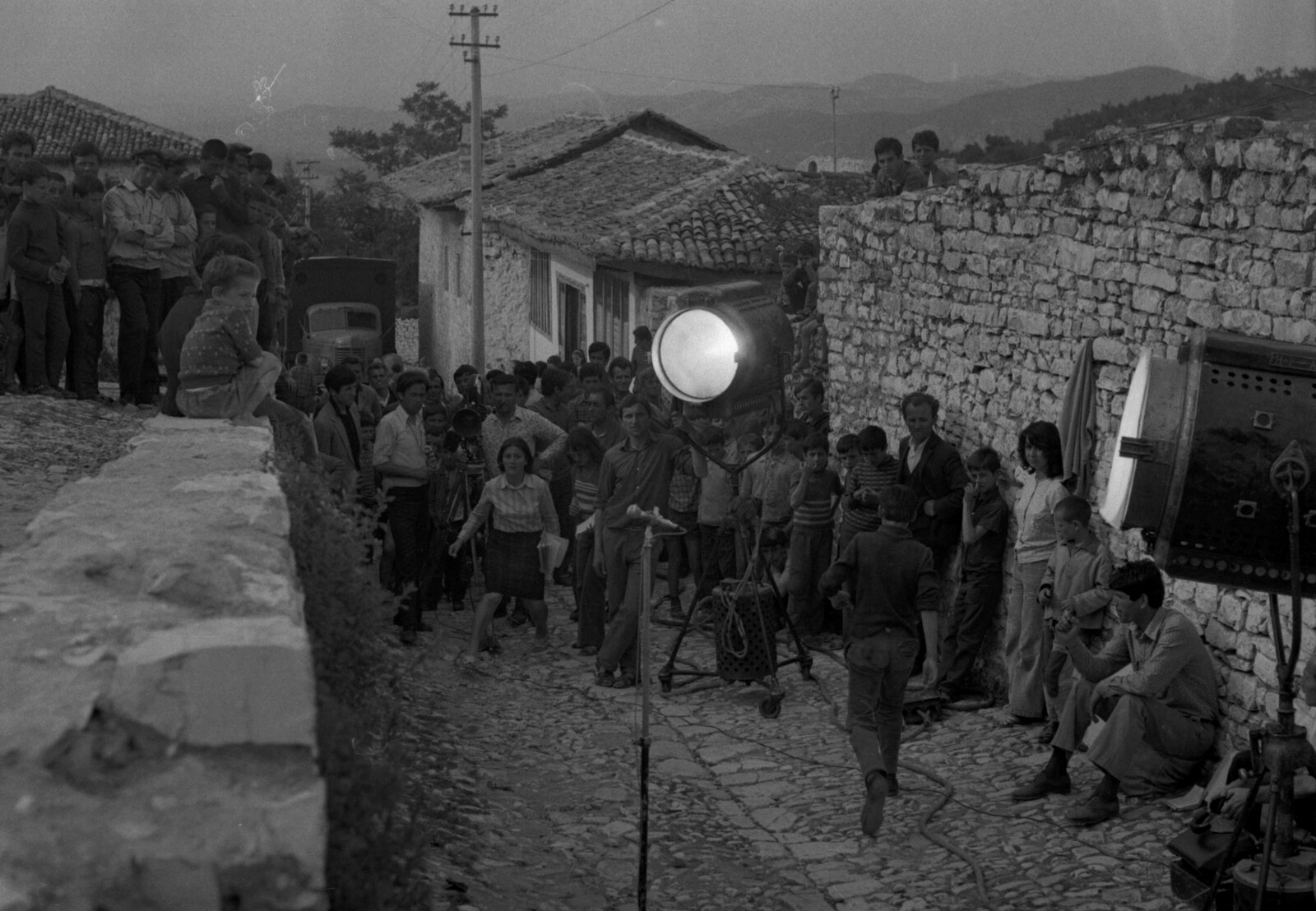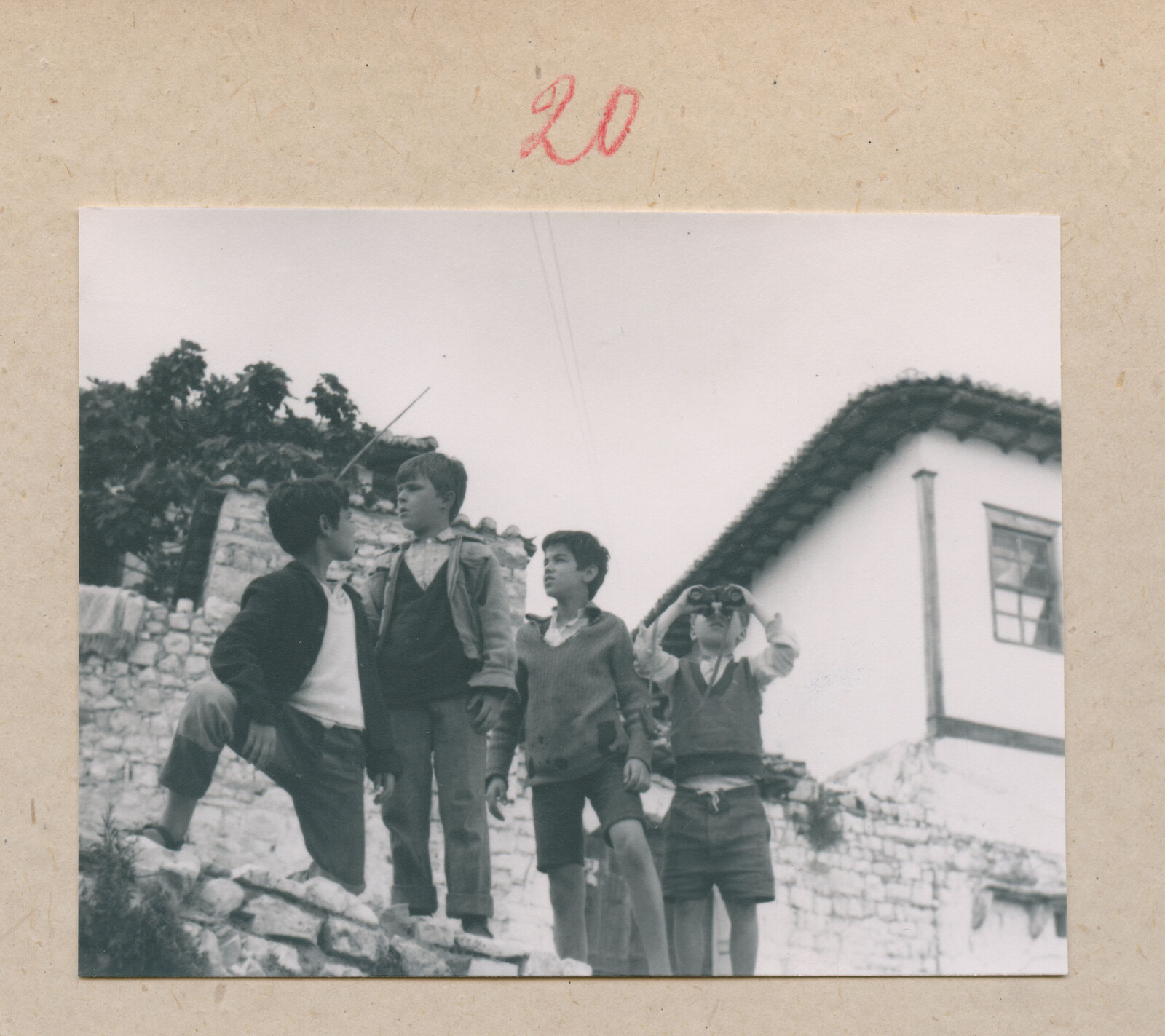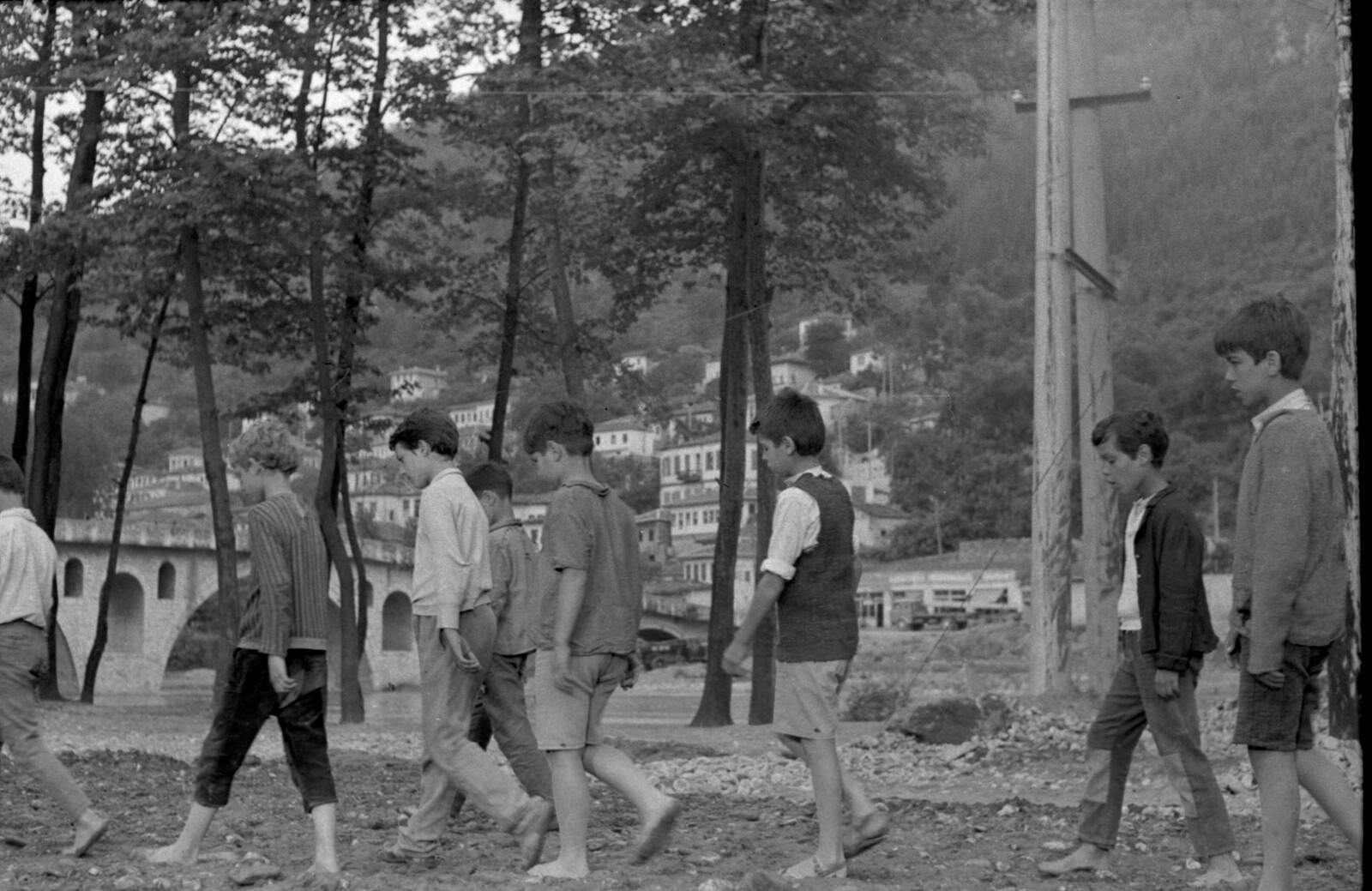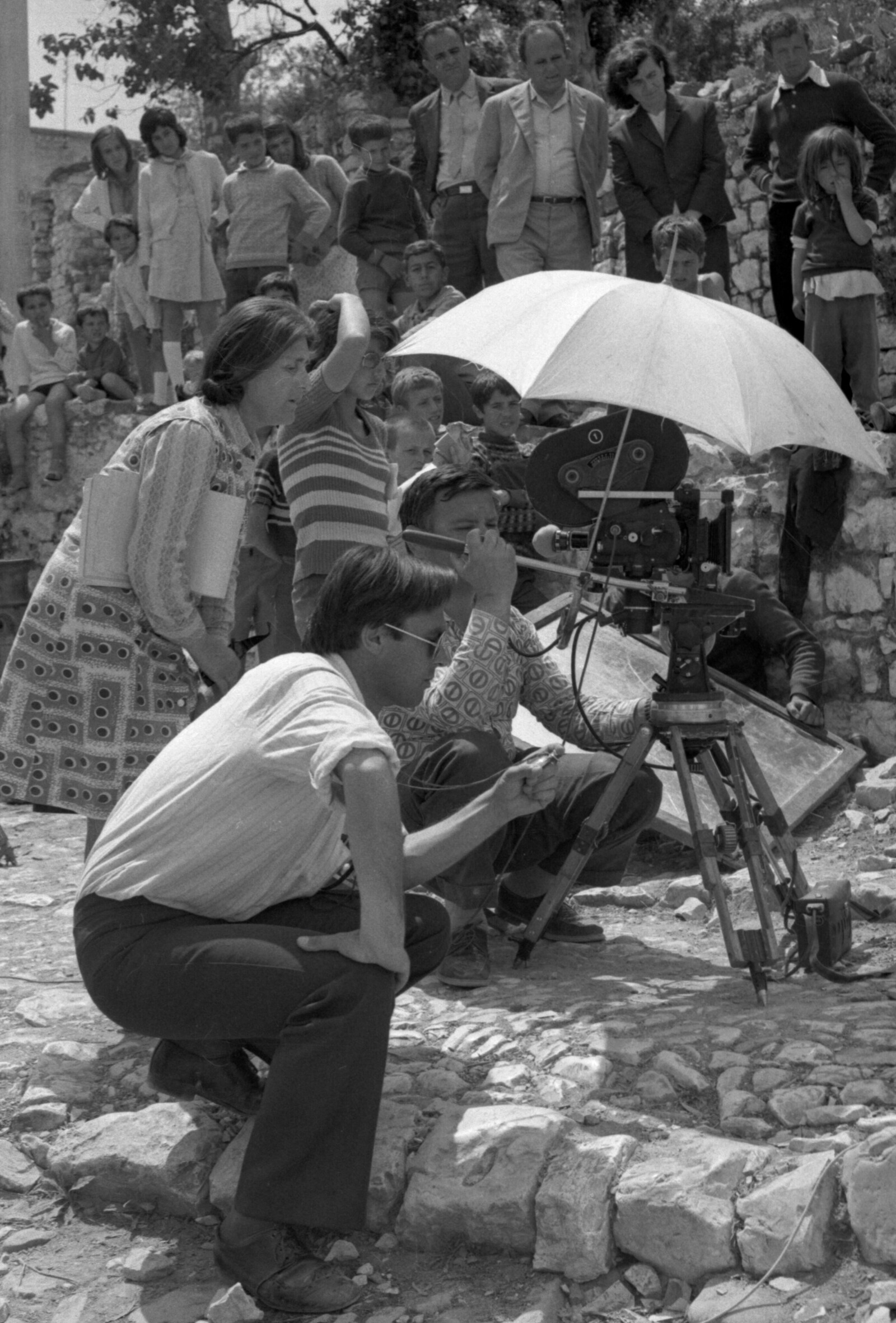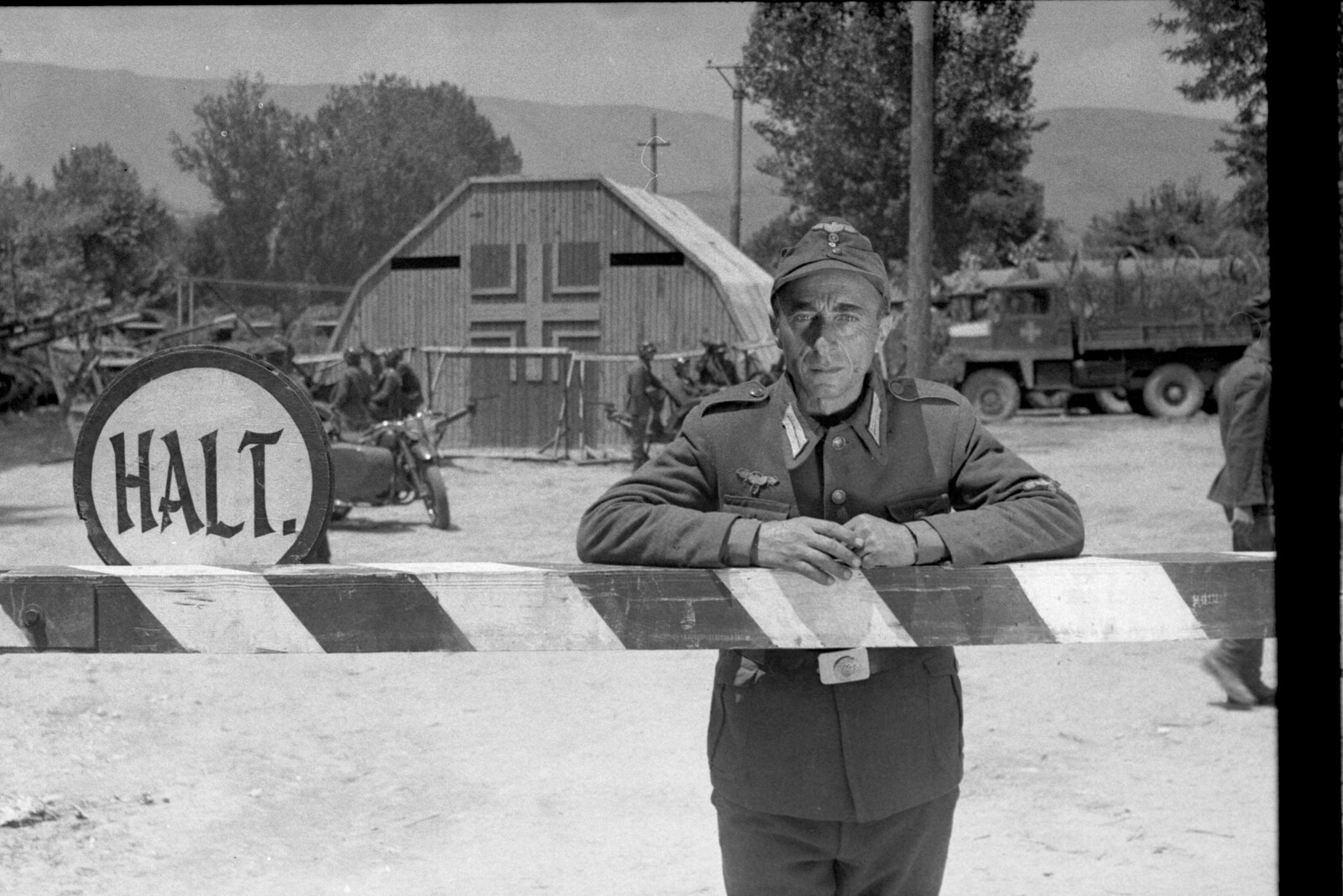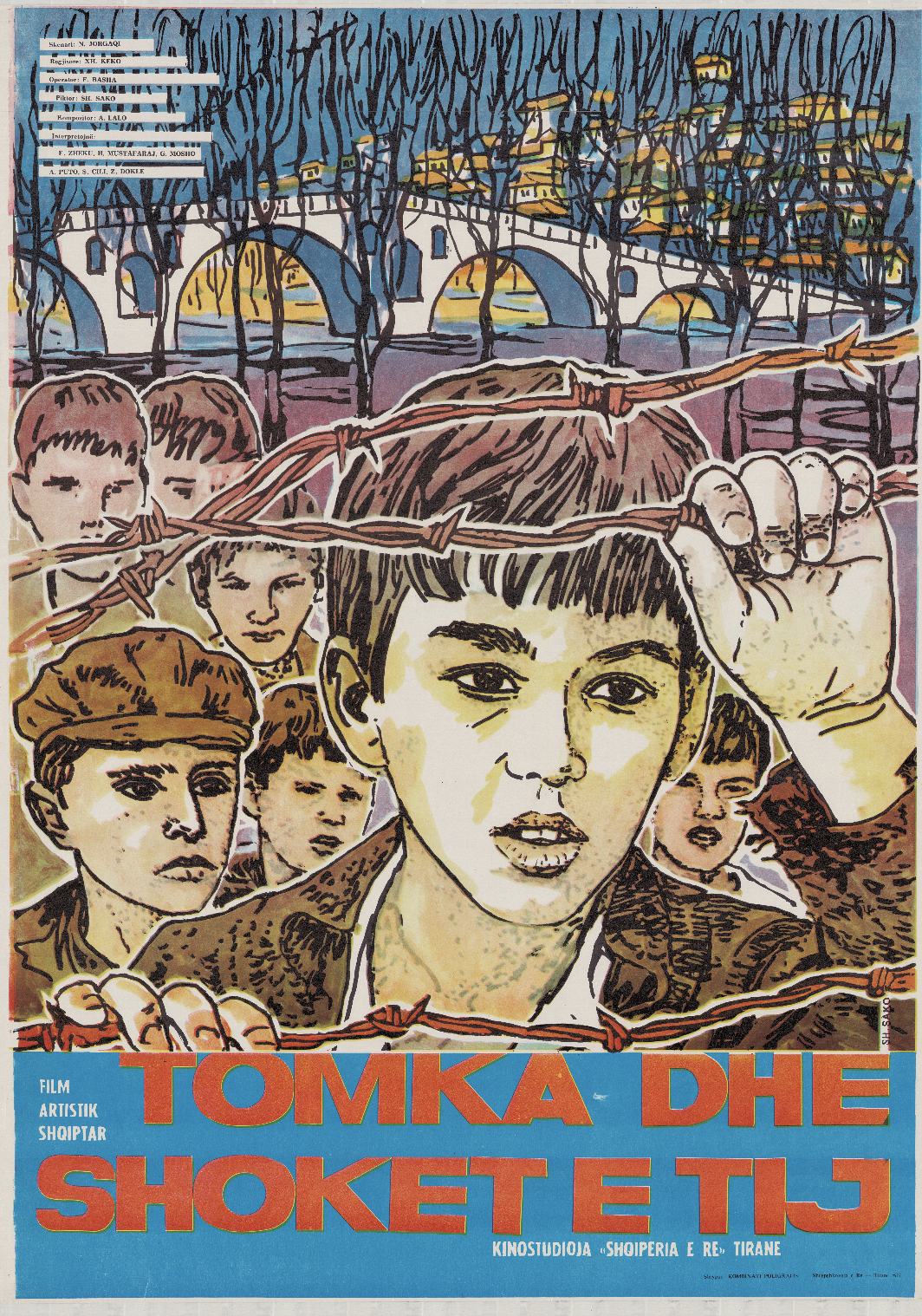Via Giovanni Battista Sammartini, 60
20125 Milan
Italy
For Milan Design Week 2025, Athens Design Forum presents a screening of Tomka dhe shokët e tij (Tomka and His Friends) by director Xhanfise Keko (Albania, 1929–2007), hosted by Dropcity Center for Architecture and Design. A feature interview–The Lantern of Berat, Xhanfise Keko–with Genc Permeti and Ilir Keko, accompanies the event. The film’s enduring language and intentional engagements with architectural discourse are embodied in Keko’s reflection, “It is no coincidence that resistance unfolds in the few places collectively owned by the city’s inhabitants.” Permeti’s interview is animated with excerpts from Keko’s memoir “The Days of My Life” (2007), published in English for the first time with the guidance of Keko’s son, film director Ilir Keko.
On the banks and in the whirlpools of Osum River, arteries of retaliation coalesce and forge, forming the legacy of Tomka and His Friends by Albanian Director Xhanfise Keko. With a pressing score by Aleksandër Lalo, the narrative is woven with fervor and a claim to nationhood that surpasses merely the cinematographic. The senses are foremost a symbol of youth and resistance expressed through four best friends: Tomka, Çelo, Vaska, and Gëzim. Their boyhood, eclipsed by the onslaught of the German occupation in a fictional recounting, becomes prime edifice for a film to engender new realities. Following years of Italian occupation (1939–1943), the film recounts the introduction of the German troops into Berat (1943–44), centralized on the figure of Tomka, who recounts: “They’ve taken over our field. The only playground we had, and they had to invade it. Let’s play on the street; after all, the road is ours.” The playground of the children on the Osum river’s edge is occupied by German troops who use it to store ammunition, forming a core conflict that ultimately becomes the site for possible intervention. Keko humanizes the historical weight of partisan resistance in the Second World War and offers a counterpart to examine Albania’s enduring opposition under the Stalinist regime of Enver Hoxha.
The question of home and homeland is enforced through the children’s inquiries within the screenplay of Nasho Jorgaqi:
When a neighborhood youth asks Tomka, “Do partisans have homes?” And a boy recounts, “Of course, they do, high in the mountains, where the eagles fly…” Tomka, as the core leader, shares his ideology: “You fools…partisans have homes everywhere…in the mountains, the valleys, here… all over the place.” This dialogue suggests the interplay of myth recounted alongside a consumed reality. In Keko’s work, architecture transforms into a device for hiding and concealment, a protected interior in a world that is in flames. In the city of Berat, Ottoman-era windows are reminiscent of eyes, while interconnected labyrinths surface a communication system that is propelled through rooftops, balconies, and stairwells; voices are heard in echoing percussion, forming a longitude the director expounds upon in the cinematographic integrity of the film, led by Faruk Basha. Collateral sites such as barbershops become collective, organized spaces for the National Liberation Army when fear of surveillance is paramount in the interior lives of the villagers.
Keko’s sensitivity translates music, dance, and sonic elements as methods of retaliation, building endurance systems for the youth against the German occupiers. With courage, the children are seen playing soccer at the frontier of the boundary line that is absorbed by German megaphones, prompting them to compose improvised songs and traditional Berat dances, with lyrics: “You Nazi Germans / are nothing but thieves…the ground where we play has been taken from us / start the dance Gëzim, Bring it Vaska / Tomka! We will not submit, / the playground is ours.” In Keko’s Tomka and His Friends, reframing space to enter the perspective of childhood surmounts to enforcing spiritual longevity on the frontier—a playground is a parameter and axis that is vocalized to become more than a site of play—a tributary towards freedom.
